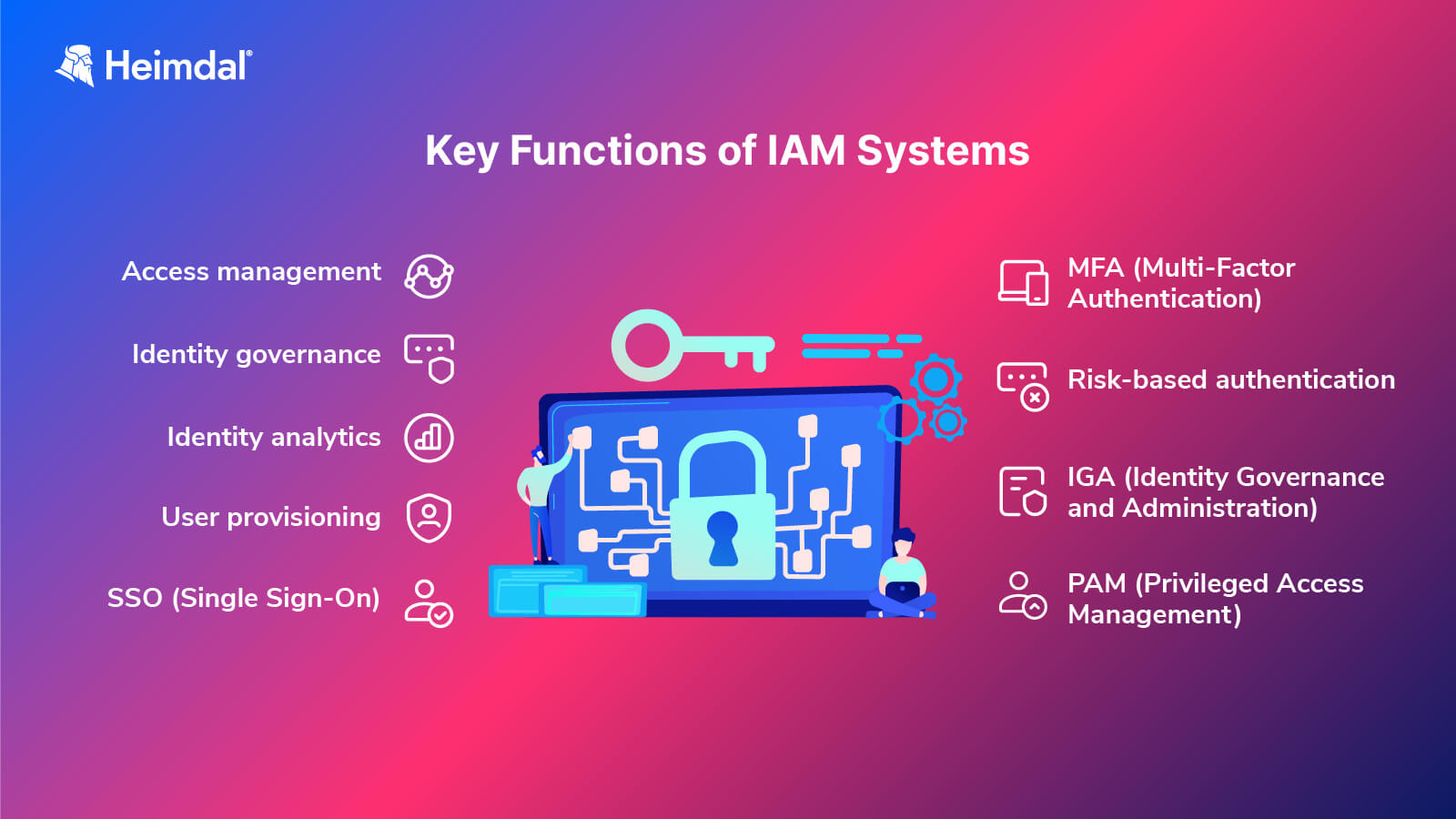
Access Management Systems: Secure and Efficient Entry Solutions
Access management systems play a pivotal role in modern security infrastructure, providing businesses and organizations with robust tools to control and monitor entry points. In this article, we’ll explore the key components, benefits, and applications of access management systems, highlighting their importance in ensuring secure and efficient access to various premises.
Introduction to Access Management Systems
Access management systems encompass a range of technologies and protocols designed to control and monitor access to physical spaces. These systems go beyond traditional lock and key methods, offering sophisticated solutions that enhance security, streamline operations, and provide valuable insights into entry activities. From electronic key cards to biometric authentication, access management systems are at the forefront of modern access control.
Components of Access Management Systems
The core components of access management systems include electronic credentials, readers or scanners, control panels, and monitoring software. Electronic credentials, such as key cards or fobs, serve as digital keys granting authorized individuals access. Readers or scanners verify these credentials, while control panels act as the central hub, making decisions based on authentication data. Monitoring software provides real-time visibility and control over access points.
Electronic Key Cards and Fobs
Electronic key cards and fobs are common forms of electronic credentials in access management systems. These devices are issued to authorized personnel and contain encrypted data that grants access when presented to a card reader. The convenience of electronic key cards and fobs lies in their ease of use and the ability to quickly deactivate or reissue them in case of loss or personnel changes.
Biometric Authentication Technologies
Biometric authentication adds an additional layer of security to access management systems. Technologies such as fingerprint scanners, facial recognition, or iris scans verify an individual’s unique biological traits for access approval. Biometric authentication enhances security by ensuring that only authorized personnel with verified identities can gain entry, minimizing the risk of unauthorized access.
Scalability and Flexibility
Access management systems are designed to be scalable and flexible, making them suitable for a wide range of applications. Whether implemented in small businesses or large corporate environments, these systems can adapt to varying requirements. Scalability allows organizations to expand or modify their access control infrastructure as their needs evolve, providing a future-proof solution.
Integration with Other Security Systems
Access management systems often integrate seamlessly with other security systems. Integration with video surveillance, intrusion detection, and alarm systems creates a comprehensive security ecosystem. This interconnected approach enables organizations to respond effectively to security incidents, combining access control with real-time monitoring and alert capabilities.
Visitor Management Solutions
Many access management systems include visitor management solutions to efficiently handle guests and temporary access. These solutions allow organizations to pre-register visitors, issue temporary credentials, and track visitor movements within the premises. Visitor management enhances security by providing oversight and ensuring that guests have controlled and monitored access.
Audit Trails and Reporting
Access management systems generate detailed audit trails and reports, offering valuable insights into entry activities. Organizations can track who accessed specific areas, at what times, and for how long. This data is not only useful for security and compliance purposes but also aids in investigations and monitoring employee or visitor movements.
Remote Access Control
Modern access management systems often support remote access control, allowing administrators to manage and monitor access points from anywhere with an internet connection. This feature is especially beneficial for businesses with multiple locations or for managing access during non-business hours. Remote access control enhances operational efficiency and responsiveness.
Security and Compliance Considerations
Security and compliance are paramount considerations in access management. Systems must adhere to industry standards and regulations to ensure the protection of sensitive information. Encryption protocols, secure credential issuance, and regular security audits are crucial elements in maintaining a robust access management system that meets legal and industry requirements.
To explore more about the features and benefits of access management systems and their role in modern security strategies, visit Access management systems for insights and updates. As organizations continue to prioritize security, access management systems stand as indispensable tools, providing not only secure entry solutions but also contributing to operational efficiency and risk mitigation.
